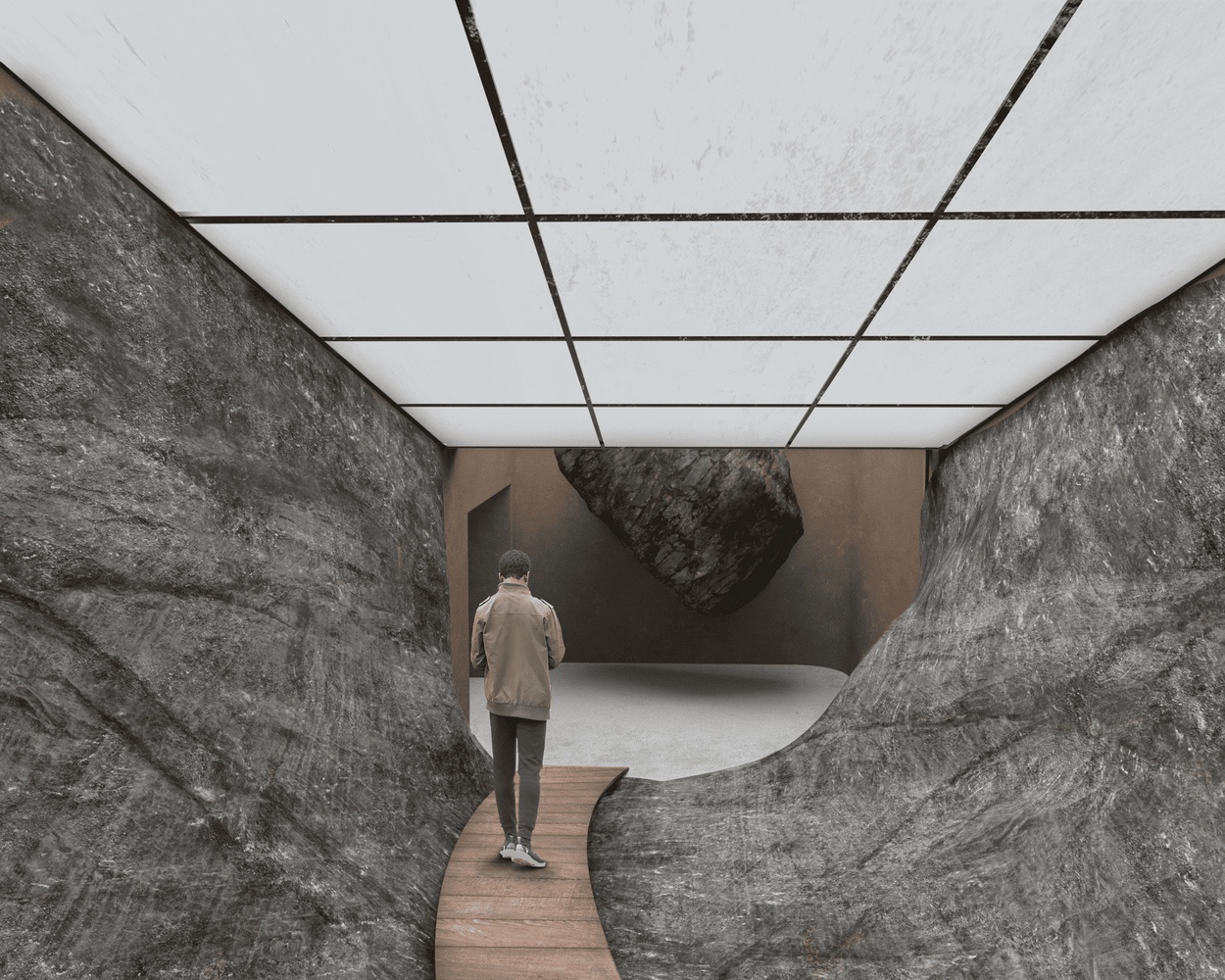This project looks into the topography of New York historically and contrasts the natural and anthropogenic changes it underwent. The project is situated in Freedom Tunnel, a man-made cave that is one of the many abandoned and unused tunnels that run beneath the bedrock of New York City.
The different stages of the glacial movement that created New York’s Rocky terrain and of urbanization with the adverse effects it has brought about, is expressed in a series of spaces. The initial spaces are cooled by combining conventional techniques of passive cooling and technology. A sense of discomfort and suffocation is caused by poorly ventilated areas in the latter sequence of environments (the Anthropocene). The project is concluded by a space that explains the numerous methods that were utilized to construct a cave-like climatic system through materiality, form, circulating water in various states, boosting air circulation, and integrating an ecosystem within the space. As a result, the project also becomes a healing proposition during the super hot summer and inspires people to follow similar techniques.







